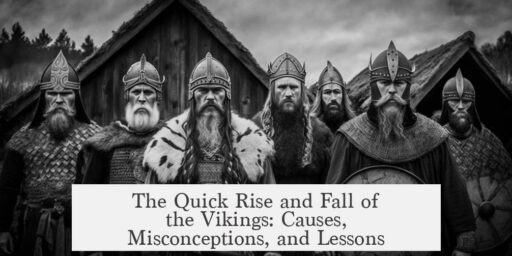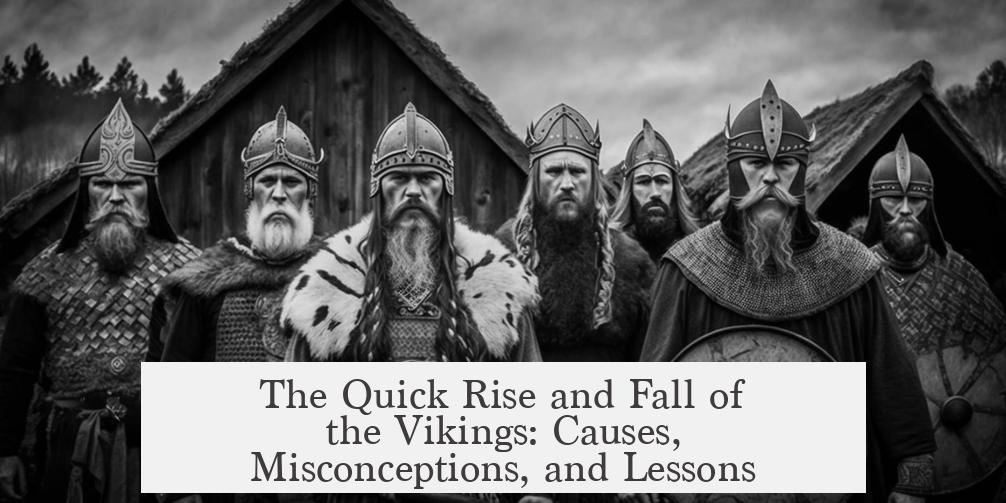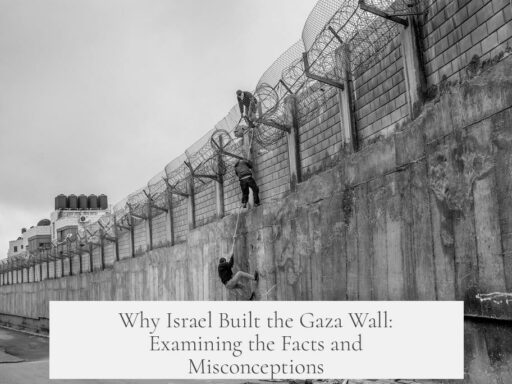The Vikings rose quickly due to unique socioeconomic, political, and geographic factors that favored raiding and expansion, but their rapid “fall” occurred mostly through gradual assimilation, changes in economic priorities, and increased European resistance rather than a sudden collapse.
Vikings were not a unified people or empire but rather Norse warriors and traders who undertook expeditions—known as “vikingr,” a term akin to pirates. These expeditions were temporary, individual, or tribal ventures without central leadership or political unity. Vikings operated as independent groups, often chiefdoms or tribes. This lack of cohesion meant they lacked an empire or centralized state, unlike contemporary powers such as the Roman Empire.
Several key elements explain their rapid rise. First, Scandinavia was economically poor with limited farmland. Young men sought fortune by raiding better-off societies. The high birth rate created many “second sons” without inheritance under the primogeniture system, pushing younger men to seek wealth overseas. Between 800 and 1000 AD, Northern Europe was politically unstable. The Frankish Empire suffered internal civil wars, weakening defenses and presenting easy targets. Monasteries and undefended towns across Europe provided rich loot.
Further aiding their expansion were geographic and climatic conditions. Warmer climates made exploring and settling abroad more feasible. The Vikings spread across mainland Europe, the British Isles, and into regions as far as Turkey. They founded enduring settlements such as Dublin and Normandy and established the Kievan Rus, which had Norse origins. Militarily, Vikings excelled at swift, ruthless raids and opportunistic warfare. Successful raids, like Sweyn Forkbeard’s 1013 invasion of England, were financed by prior looting, building their strength.
The Viking “fall” was less an abrupt demise and more a transformation. Over time, Vikings settled down, married locals, and adopted native customs and religions. Their pagan beliefs gave way to Christianity under mounting political and cultural pressures. This Christianization turned raiding into a crime and shifted Norse elites from wealth based on loot to land ownership aligned with feudal norms.
Economic shifts also played a role. Many Vikings abandoned raiding as trade became more lucrative and less risky. They developed established trading hubs, allowing wealth accumulation without conflict. Such trade integrated Vikings into European economies, reducing the need for violent raids.
Increased European resistance further curtailed Viking activity. Coastal communities built defenses, and rival powers improved naval capabilities, making raids dangerous. Vikings faced stronger militaries and had to adjust tactics. Environmentally, climatic changes in the 1200s, such as the Little Ice Age, contributed to the decline of Viking colonies, including Greenland, by disrupting supplies and causing famine.
Another critical factor was the Vikings’ weak political structure. Without a central Norse empire or unified rule, sustaining conquests was difficult. Their inheritance laws split holdings among heirs, fragmenting control. This political decentralization impeded long-term consolidation and empire-building.
Many misunderstand the Viking era by viewing it as a quick rise and sudden fall. Viking activity actually evolved over centuries, with raiding intensity decreasing as integration increased. They didn’t vanish; instead, their descendants became part of European populations. Normans in France and England, the rulers of the Kievan Rus, and elite groups like the Varangian Guard trace roots back to Viking forebears. Notably, William the Conqueror descended from the Viking ruler Rollo, cementing Viking legacy in European royalty.
Key aspects of this transformation include:
- Rise driven by poverty, overpopulation, political chaos, and military opportunism
- Vikings as raiders, traders, and settlers rather than a cohesive empire
- Gradual assimilation through marriage, religion, and culture
- Shift from raiding to trade and feudal land ownership
- Increased European defenses and military improvements
- Weak Norse political unity limiting long-term dominance
- Environmental challenges affecting Viking settlements
- Lasting Viking influence via integration into European cultures and dynasties
This nuanced understanding reveals that the Viking era ended not by swift defeat but by adaptation and integration into broader European frameworks.
Key takeaways:
- “Viking” refers to a profession of raiding rather than a unified people or empire.
- Economic hardship and political instability in Europe fueled rapid Viking expansion.
- Their decline was gradual and involved assimilation, Christianity, and shifting economic models.
- Stronger European defenses and political fragmentation of Vikings limited their power.
- Environmental shifts contributed to the fading of Viking colonies.
- Viking legacy persists in European royal lines and regional cultures.
Why did the Vikings rise AND fall so quickly?
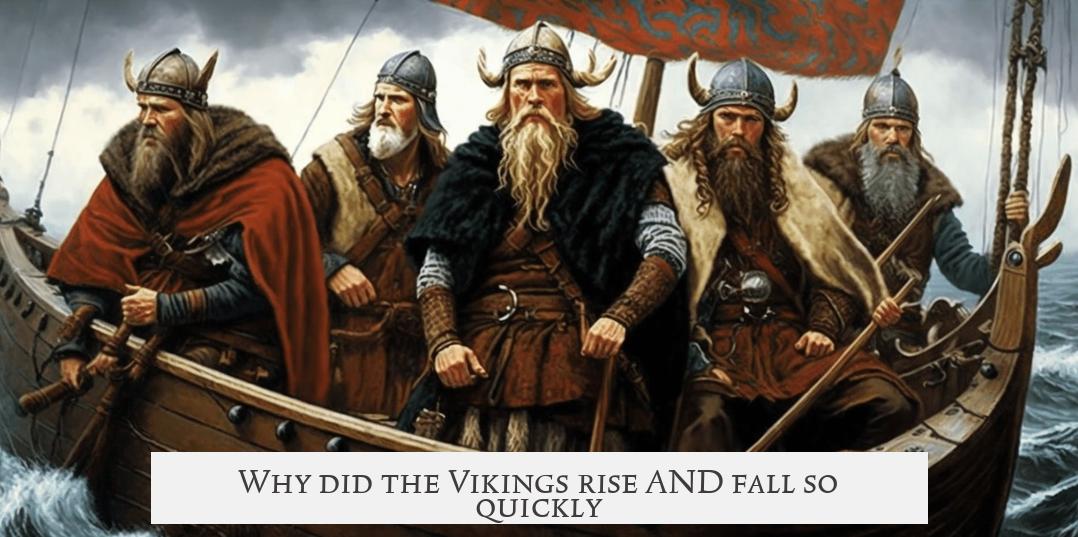
The Vikings rose swiftly due to social pressures, political chaos in Europe, and their opportunistic raids—yet they “fell” not by sudden collapse but through gradual assimilation, Christianization, and strategic shifts from raiding to trading and ruling. Now, let’s unpack this fascinating rise-and-transform saga that unfolds like a gripping historical TV series.
The term “Viking” sparks images of horned helmets and fierce warriors. But guess what? That’s a myth. A Viking wasn’t a fixed ethnic group or empire. Instead, “vikingr” described a profession — think of it as a job title, not a nationality. Essentially, Vikings were Norsemen who ventured out on expeditions to raid or trade.
This means we shouldn’t think of Vikings as a unified empire or nation. Like freelancers collaborating temporarily, they operated as independent tribes or chiefdoms, each with its own agenda. Their social structure defies the empire model, so lumping all Viking activity together misses the nuance.
The Rise: Why Did Vikings Become the North’s Big Deal?
First, the economic backdrop is key. Scandinavia, prior to industrial advances, was among the world’s poorest regions. The land was tough—limited arable soil meant not everyone found prosperity farming. Suddenly, Vikings had an incentive to seek fortune elsewhere.
Here’s an interesting twist: Vikings often were the “second sons.” Under inheritance laws favoring the eldest son, younger siblings faced the dilemma of forging their own paths. Many chose the sea. Raiding and trading became a lucrative career to escape bleak prospects at home.
From approximately 800 to 1000 AD, northern Europe’s defenses were patchy. Towns and monasteries appeared as low-hanging fruit — vulnerable and rich in loot. The political upheaval in major powers, like the Frankish Empire tangled in civil war, meant that standing armies were few and far between. Vikings took advantage of this strategic vacuum.
Furthermore, climatic warming during that era provided Vikings with milder conditions to navigate the seas and settle. Their explorations extended far and wide: mainland Europe, the British Isles, even as far as Normandy (which they famously settled and influenced). The Norse also ventured eastward, giving rise to the Kievan Rus, with evidence suggesting Norse rulers founded this early Russian state.
Military skill combined with opportunism played a huge part as well. Nothing screams “fear me” like suddenly attacking unaided monasteries and undefended towns. With wealth seized, Viking leaders such as Sweyn Forkbeard amassed armies strong enough to invade England in 1013.
The “Fall”: What Happened to the Vikings? Did They Really Fail?
The idea that Vikings simply “fell” is misleading. They didn’t collapse overnight. Instead, they underwent transformation and assimilation. Once raiding gave way to settlement, Vikings blended with local cultures. They took wives, converted religions, and became part of the social fabric. This assimilation meant their distinct Viking identity faded.
As trading hubs flourished, economic incentives changed drastically. Rather than risking their lives on raids, Vikings increasingly relied on profitable trade networks. Trading was safer, sustainable, and funnily enough, richer. Wealth shifted from loot to land ownership, especially as Christian feudal systems took hold.
The rise of Christianity served as a cultural game changer. Pagan Viking beliefs gradually vanished under ecclesiastical and societal pressure. Raiding became a crime in Christianized lands. The Norse elites morphed into Christian monarchs and knights, much like the knights under Charlemagne. This shift reduced violent expeditions based on old Pagan ethos.
Meanwhile, Europe was getting wiser and stronger. Improved defenses, organized militias, and fleets meant raiding was no longer a low-risk endeavor. Scandinavian warriors faced better-armed and prepared foes. The gamble became less attractive as countermeasures rose.
Politically, the Vikings’ lack of centralized leadership was their Achilles’ heel. Their systems were based on localized rule without an empire to coordinate defense or expansion long-term. Succession laws fragmented leadership, making it hard to sustain power across generations.
Nature also played its part. The onset of a mini ice age in the 1200s disrupted Viking colonies like Greenland and Iceland, leading to isolation and famine. Environmental changes made maintaining expansive holdings tough.
Common Misconceptions: Vikings Didn’t Disappear—they Evolved
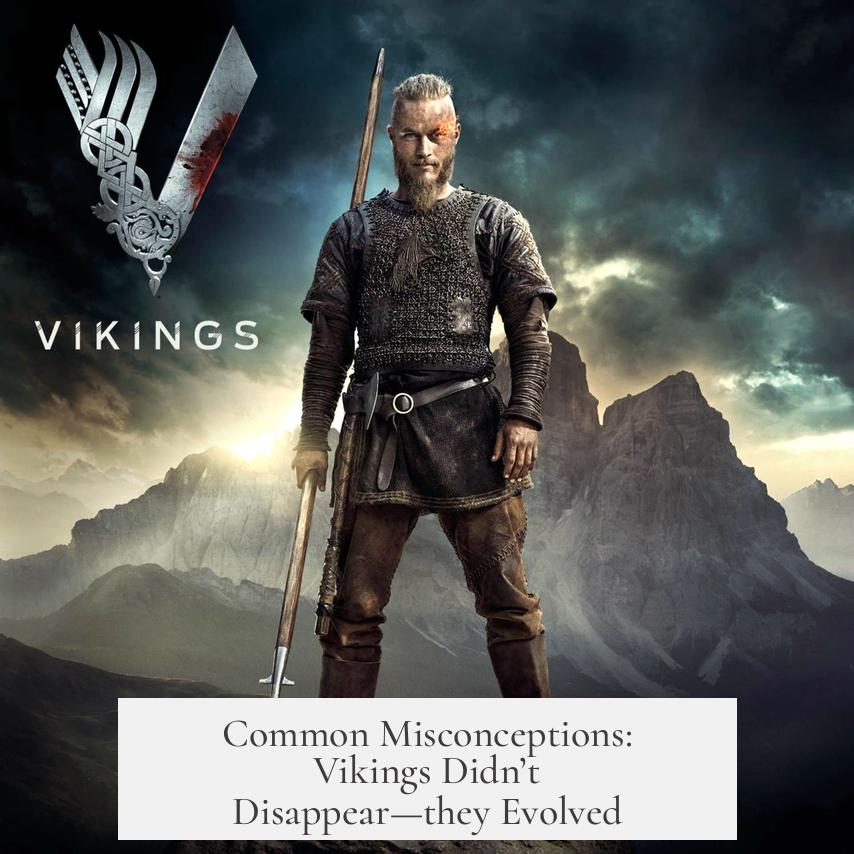
One big myth is Vikings “appeared out of nowhere” or vanished abruptly. Actually, Norse trading culture preceded raiding by decades. Their so-called fall reflects a decline in raiding, not cultural or political extinction. Instead, they became the Normans, Rus, Anglo-Saxons, and more.
Over about two centuries, Viking descendants integrated deeply across Europe. Their legacies lingered in language, bloodlines, and ruling dynasties. William the Conqueror, who ruled England, descended from Viking ruler Rollo. The Varangian Guard, elite Norse warriors, served the Byzantine emperor. Even modern monarchs trace ancestry back to these hardy Norse raiders.
What Can We Learn From the Vikings’ Meteoric Rise and Transformation?
- Socioeconomic pressure breeds innovation: Vikings turned bleak Scandinavian prospects into a sea of opportunity through daring raids and trade.
- Opportunism thrives in chaos: Europe’s political instability opened doors for raiding, showing how weak governance affects neighboring regions.
- Adaptability extends influence: The Vikings transformed from pirates into local rulers and traders, embracing change instead of resisting it.
- Culture is not static: The Viking story reminds us that identities blend, fade, and evolve rather than vanish suddenly.
In the end, the “rise and fall” of the Vikings is a story about change—from hard-drinking raiders to Christian lords and traders who shaped medieval Europe. They never formed a unified empire, but their impact remains **monumental**. Their strength lay not only in brute force but in adaptability, opportunism, and strategic sensibility.
So when you picture Vikings, swap the helmeted barbarian for savvy navigators, adaptable traders, and future rulers. Their quick rise and transformation teach us: swift change often masks deeper, ongoing evolution.
What other societies can you think of that rose and transformed this dramatically? Is “fall” just a matter of perspective? Food for thought as we dive into history’s whirlpool of change.
